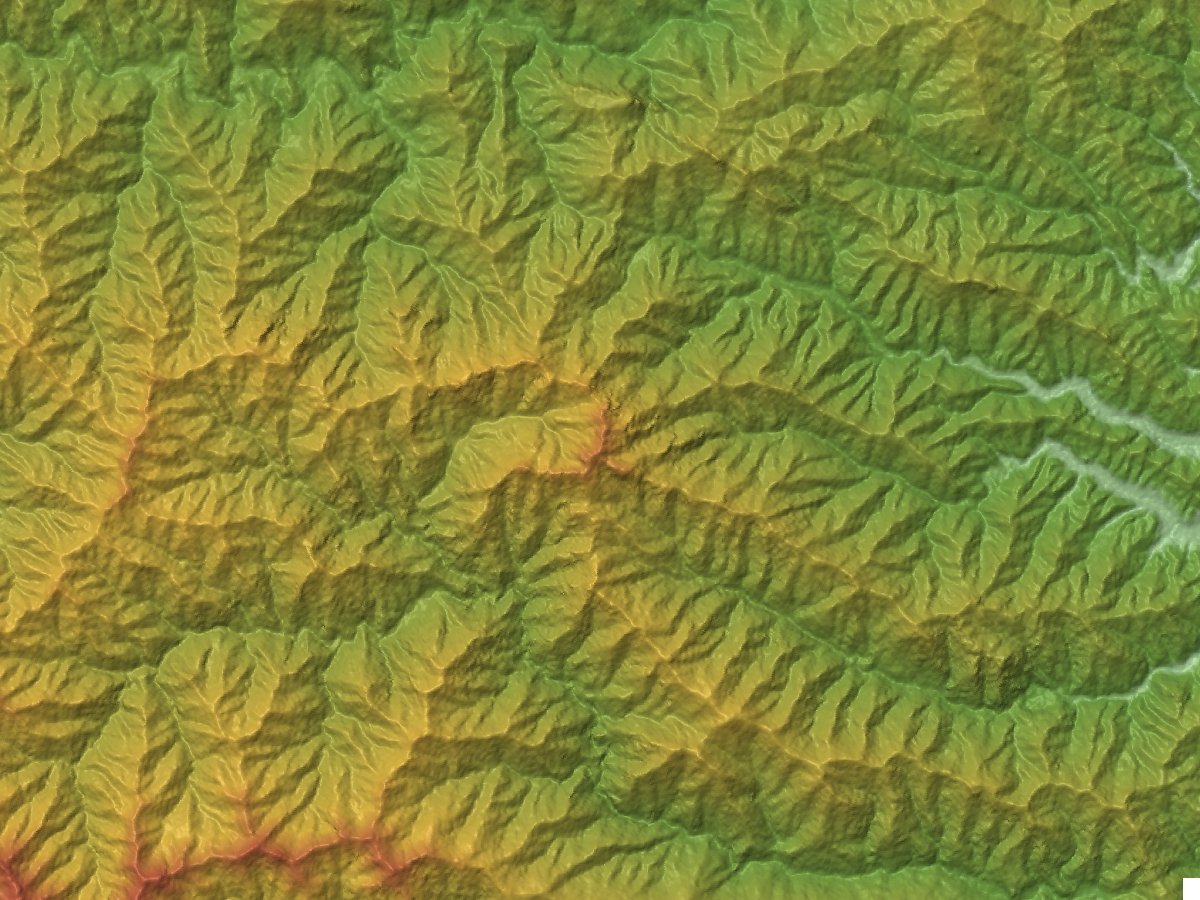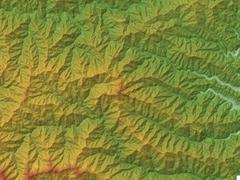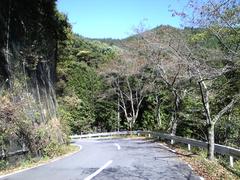
Mount Ryōkami Visiting Hours, Tickets, and Travel Guide in Chichibu, Japan
Date: 14/06/2025
Introduction
Mount Ryōkami (両神山), soaring to 1,723 meters in the heart of Saitama Prefecture’s Chichibu region, is more than just a scenic peak—it is a sacred mountain steeped in mythology and cultural tradition. Renowned as one of Japan’s “100 Famous Mountains,” Ryōkami captivates visitors with its dramatic terrain, panoramic views, and enduring spiritual significance. This detailed guide provides everything you need for a rewarding visit: historical background, access and ticketing information, recommended hiking routes, safety tips, seasonal highlights, and nearby attractions.
Table of Contents
- Introduction
- Historical and Cultural Significance
- Visiting Hours, Tickets, and Access
- Hiking Routes and Difficulty Levels
- Seasonal Highlights
- Safety, Preparation, and Environmental Etiquette
- Nearby Attractions and Travel Tips
- Frequently Asked Questions (FAQ)
- Visuals and Media Recommendations
- Conclusion and Call to Action
- References
Historical and Cultural Significance
Sacred Status and Mythological Roots
Mount Ryōkami’s name translates to “Two Gods Mountain,” reflecting its longstanding status as a dwelling place for kami (Shinto deities). As with many Japanese mountains, Ryōkami is regarded as a spiritual “power spot,” believed to radiate mystical energy and healing. This sacred aura has influenced local customs and pilgrimage practices for centuries (Japan Guide), (Japanese Mythology Worldwide).
Pilgrimage, Festivals, and Religious Practice
The Chichibu region is famous for its spiritual traditions, most notably the Chichibu 34 Kannon Temple Circuit—an established pilgrimage route connecting 34 temples dedicated to the Buddhist goddess of mercy (Japan Travel). Mount Ryōkami is also a site of Shugendō mountain asceticism, blending Shinto and Buddhist beliefs.
The nearby Chichibu Shrine, with intricate wood carvings, is a focal point of the Chichibu Night Festival (Yomatsuri), a UNESCO-listed event each December featuring ornate floats, music, and fireworks (Japan Guide).
Folklore and Natural Harmony
Embedded within Chichibu-Tama-Kai National Park, Mount Ryōkami is surrounded by lush forests and abundant wildlife. Local folklore abounds with tales of yokai (spirits) and legendary creatures, reflecting centuries of harmonious coexistence between people and nature (Japan Whisper).
Visiting Hours, Tickets, and Access
Visiting Hours
- Trails and Mountain: Open year-round, with the main hiking season from late April to early November.
- Best Time to Start: Early morning (7:00–8:00 AM) is recommended to allow ample time for ascent and descent and to avoid afternoon weather changes.
Tickets and Permits
- Mount Ryōkami: No entrance fees or permits are required.
- Nearby Attractions: Some parks (e.g., Hitsujiyama Park during the shibazakura bloom) may charge admission during special events.
Access and Transportation
- By Train: Take the Seibu Railway from Tokyo Ikebukuro Station to Seibu-Chichibu Station (~80 minutes on the Red Arrow Limited Express).
- From Station to Trailhead: Local buses or taxis connect Seibu-Chichibu Station to Ogano (the main gateway) and trailheads. Bus services are limited outside peak seasons—check timetables in advance.
- By Car: Access via National Route 140 or the Chichibu Mountain Scenic Highway. Parking is available but can fill up on weekends (Japan RAR), (Sugoii Japan).
Hiking Routes and Difficulty Levels
1. Ryōkami Shrine Trailhead (両神神社登山口)
- Access: Western side, near Ryōkami Shrine; reachable by bus or taxi from Chichibu City (Japan Travel).
- Trail: Ascends through ancient cedar forest, passing sacred torii gates and steep rocky sections with chains.
- Distance & Duration: About 7.5 km round-trip; 5–7 hours.
- Difficulty: Moderate—suitable for fit beginners with some experience.
- Highlights: Spiritual waypoints, panoramic summit views.
2. Hinozawa Trailhead (日向大谷登山口)
- Access: Northern side; parking available, limited bus service from Chichibu.
- Trail: Longer, more rugged, with rocky ridges; suited for experienced hikers.
- Distance & Duration: Around 12 km round-trip; 7–9 hours.
- Difficulty: Challenging.
- Highlights: Quiet trails, dramatic geological features.
3. Mount Tenri Traverse (天理岳縦走)
- Access: Multi-peak traverse; requires careful planning and transport arrangements.
- Trail: Steep ascents and descents across multiple summits.
- Duration: 8–10 hours.
- Difficulty: Difficult—recommended for seasoned hikers only (Hikingbird).
Seasonal Highlights
Spring (April–May): Blossoms and Greenery
- Hitsujiyama Park Shibazakura: Vast fields of moss phlox bloom mid-April to early May (Chichibu Tourism).
- Cherry Blossoms: Hanami at lower elevations, e.g., Chichibu Muse Park (Magical Trip).
- Hiking: Trails open as snow recedes; streams and waterfalls are full (YamaTrips).
Summer (June–August): Lush Forests and Festivals
- Cooler Mountain Air: Pleasant hiking in shaded forests (Ridgeline Images).
- Festivals: Local events, e.g., Ame-yakushi Festival at Jigen-ji Temple; fruit picking (blueberries, etc.) (Tokyo Weekender).
- Rain: Prepare for slippery trails, early starts recommended (YamaTrips).
Autumn (October–November): Spectacular Foliage
- Fall Colors: Golden ginkgo and crimson maple leaves along mountain trails and at Chichibu Muse Park (Chichibu Tourism).
- Ideal Hiking: Crisp air, clear visibility, and vibrant scenery (YamaTrips).
Winter (December–March): Snow and Icicles
- Snowy Landscape: Quiet, serene trails; hiking for experienced mountaineers only (YamaTrips).
- Icicle Formations: Misotsuchi and Ashigakubo icicles illuminated in evening events (Chichibu Tourism).
- Chichibu Night Festival: Floats and fireworks each December (Japan Guide).
Safety, Preparation, and Environmental Etiquette
- Gear: Sturdy hiking boots, gloves for chains, rain gear, layered clothing, headlamp, map or GPS, water, and emergency supplies.
- Trail Markings: Generally in Japanese; bring offline maps or GPS if unfamiliar with the language.
- Wildlife: Bears are rare; carry a bell, stay alert.
- Environmental Care: Follow Leave No Trace principles—carry out all trash, stay on marked trails, and avoid damaging flora.
- Respect Sacred Sites: Maintain quiet, do not disturb offerings, and follow local customs.
Nearby Attractions and Travel Tips
- Chichibu-Tama-Kai National Park: Extensive hiking, waterfalls, and biodiversity (Japan RAR).
- Ryōkami Shrine: Spiritual starting point for hikers.
- Mitsumine Shrine: One of the most revered shrines in the region.
- Hitsujiyama Park: Famous for flower displays in spring.
- Nagatoro Gorge: River cruises and stunning rock formations.
- Hashidate Limestone Cave: Unique geological experience (Japan RAR).
- Chichibu Muse Park: Recreation and panoramic views.
- Onsen: Relax at local hot springs after hiking.
Frequently Asked Questions (FAQ)
Q: What are the best months to hike Mount Ryōkami?
A: Late April to early May (spring blooms) and late October to early November (autumn foliage) offer the best conditions.
Q: Are there entrance fees or tickets?
A: No entrance fee for Mount Ryōkami; some nearby parks may charge during special events.
Q: How do I get to Mount Ryōkami from Tokyo?
A: Take the Seibu Railway to Seibu-Chichibu Station, then a local bus or taxi to the trailhead.
Q: Are guided tours available?
A: Yes, local operators provide guided hikes; check with the Chichibu Tourism Association (Chichibu Tourism Association).
Q: Is Mount Ryōkami suitable for beginners?
A: Trails are moderately challenging; beginners should consider guided tours or shorter routes.
Q: Are the trails accessible for those with mobility impairments?
A: The mountain trails are steep and rugged, generally not suitable for visitors with mobility challenges.
Visuals and Media Recommendations
- Include high-resolution images of summit views, spring and autumn foliage, trail features, Ryōkami Shrine, and Chichibu festivals.
- Alt text suggestions: “Mount Ryōkami hiking trail,” “Chichibu Night Festival float,” “Mount Ryōkami summit view.”
- Embed or link to interactive trail maps and virtual tours via official tourism platforms or hiking apps.
Conclusion and Call to Action
Mount Ryōkami is a destination where breathtaking natural scenery, deep spiritual heritage, and vibrant cultural traditions meet. Whether you are seeking a challenging hike, a spiritual pilgrimage, or an escape into seasonal beauty, the Chichibu region awaits with open arms. Prepare thoughtfully, respect the environment, and take advantage of local resources such as the Audiala app and official tourism sites for a safe and memorable experience.
Plan your trip today:
Download the latest trail maps, check seasonal event schedules, and follow our social media channels for up-to-date information. For personalized travel tips and real-time updates, subscribe to our newsletter and explore related articles on Chichibu’s natural and cultural wonders.
References and Further Reading
- Japan Guide
- Japan Travel
- Japanese Mythology Worldwide
- Japan Guide
- Japan Whisper
- Japan RAR
- Japan Travel Chichibu
- Chichibu Tourism
- Magical Trip
- YamaTrips
- Tokyo Weekender
- Chichibu Tourism Association
- Seibu Railway Mount Ryōkami
- Audiala Hiking App

